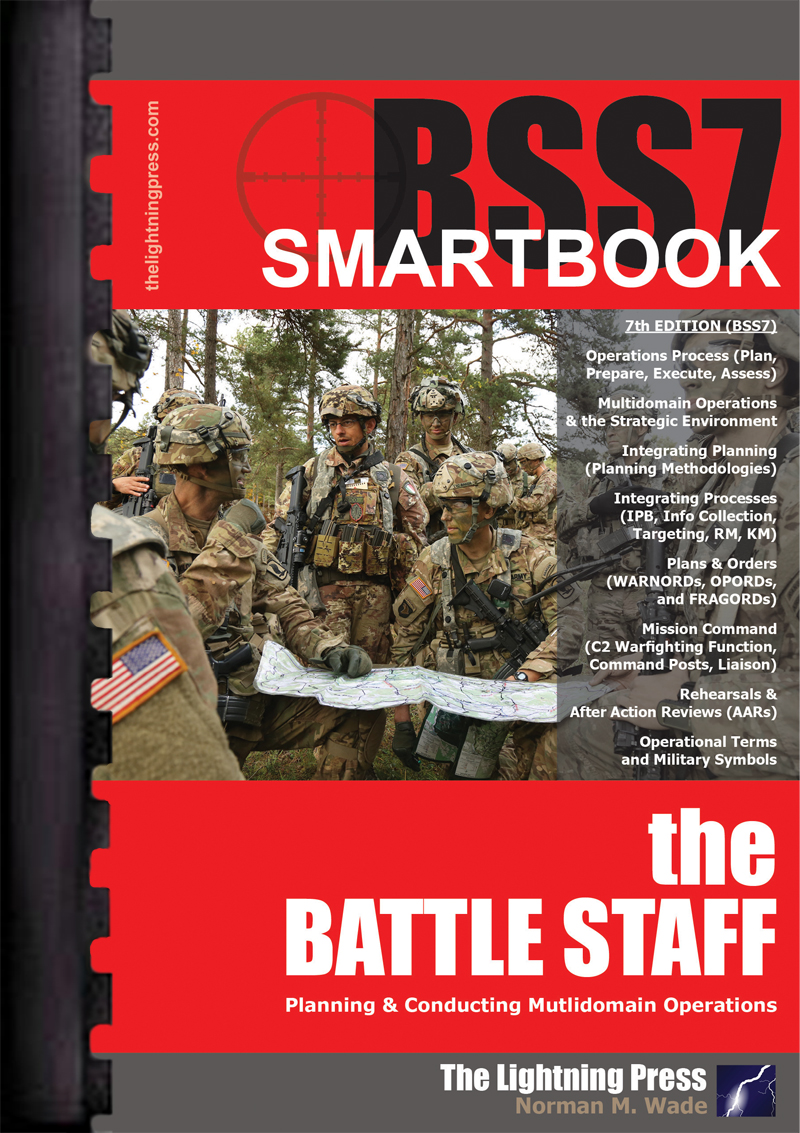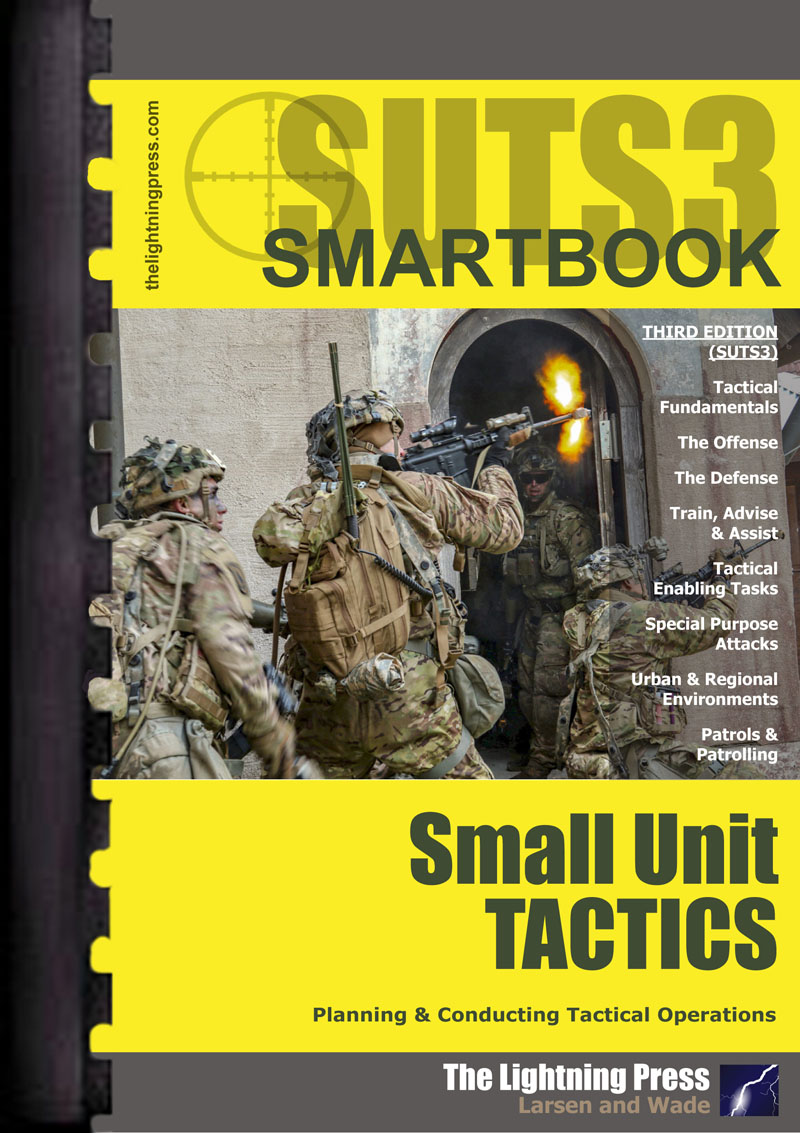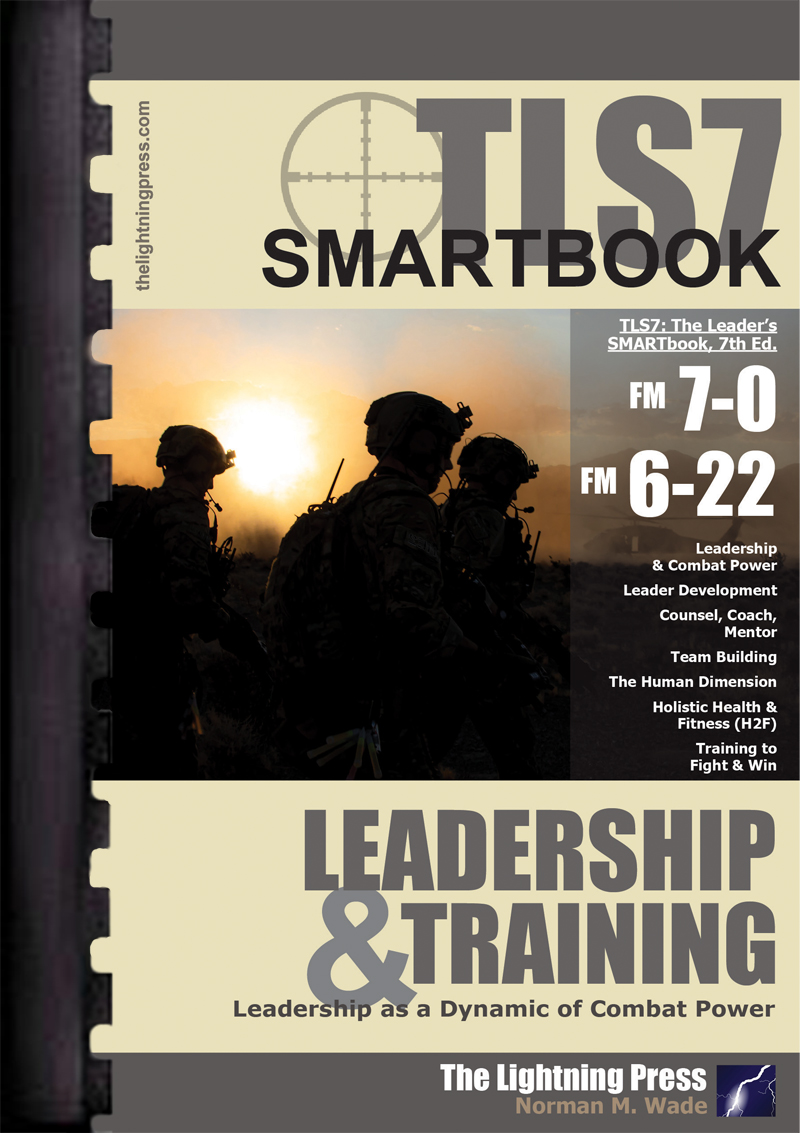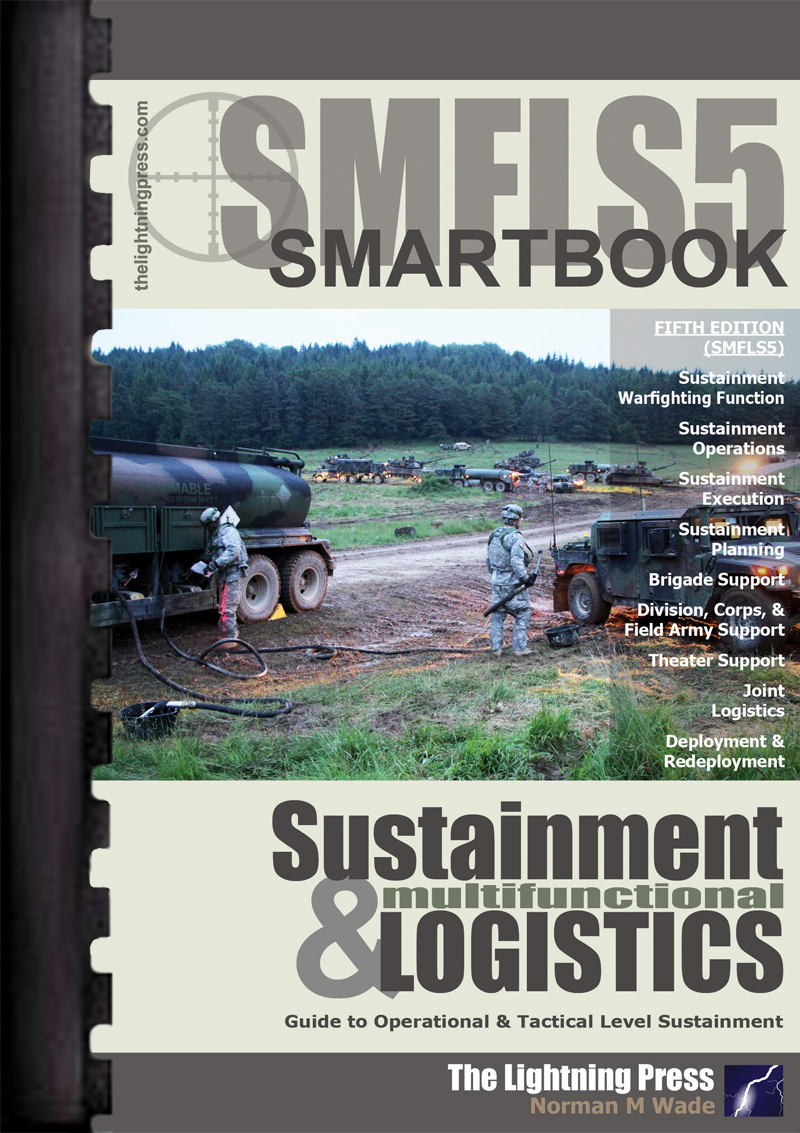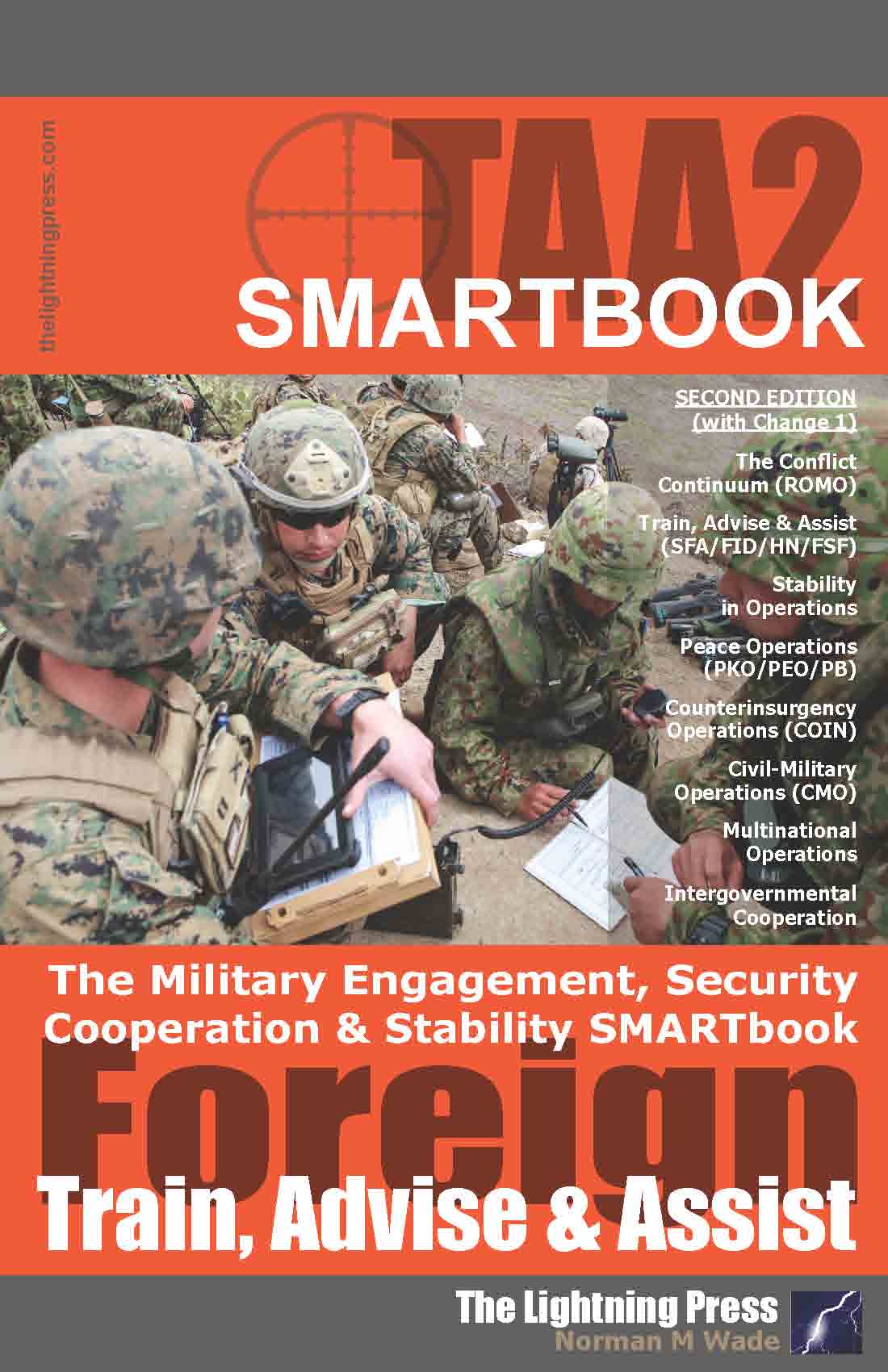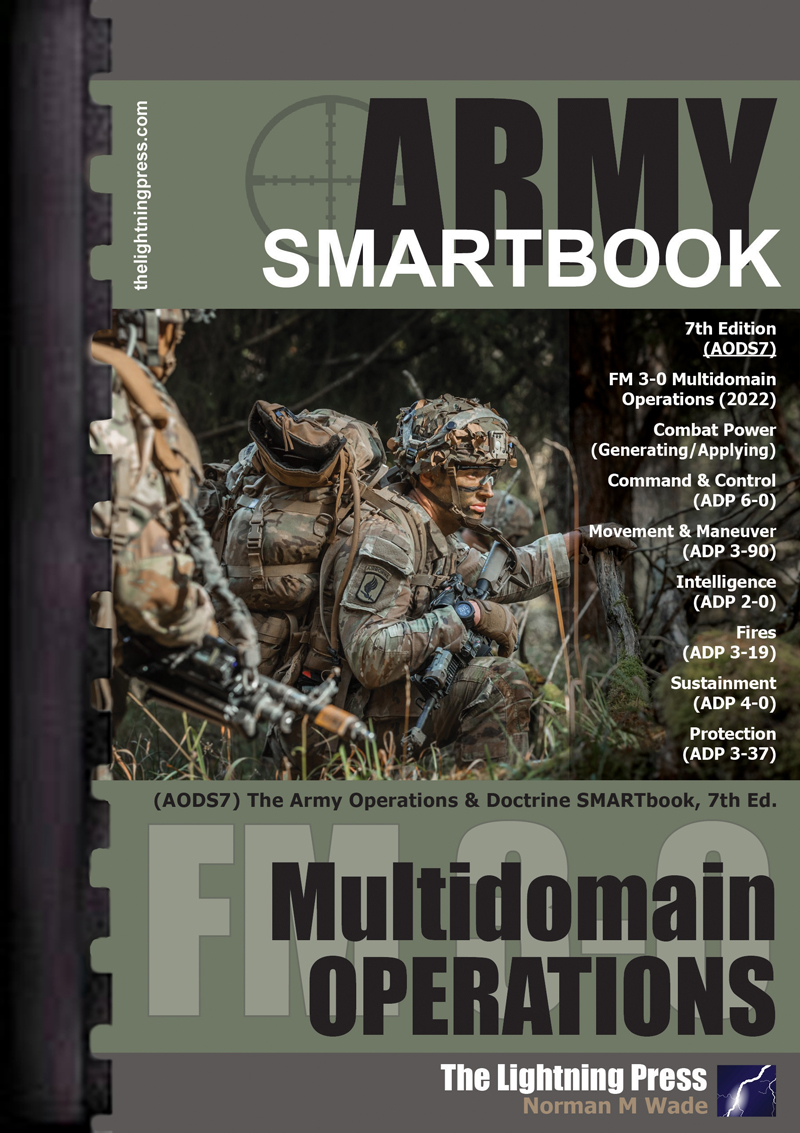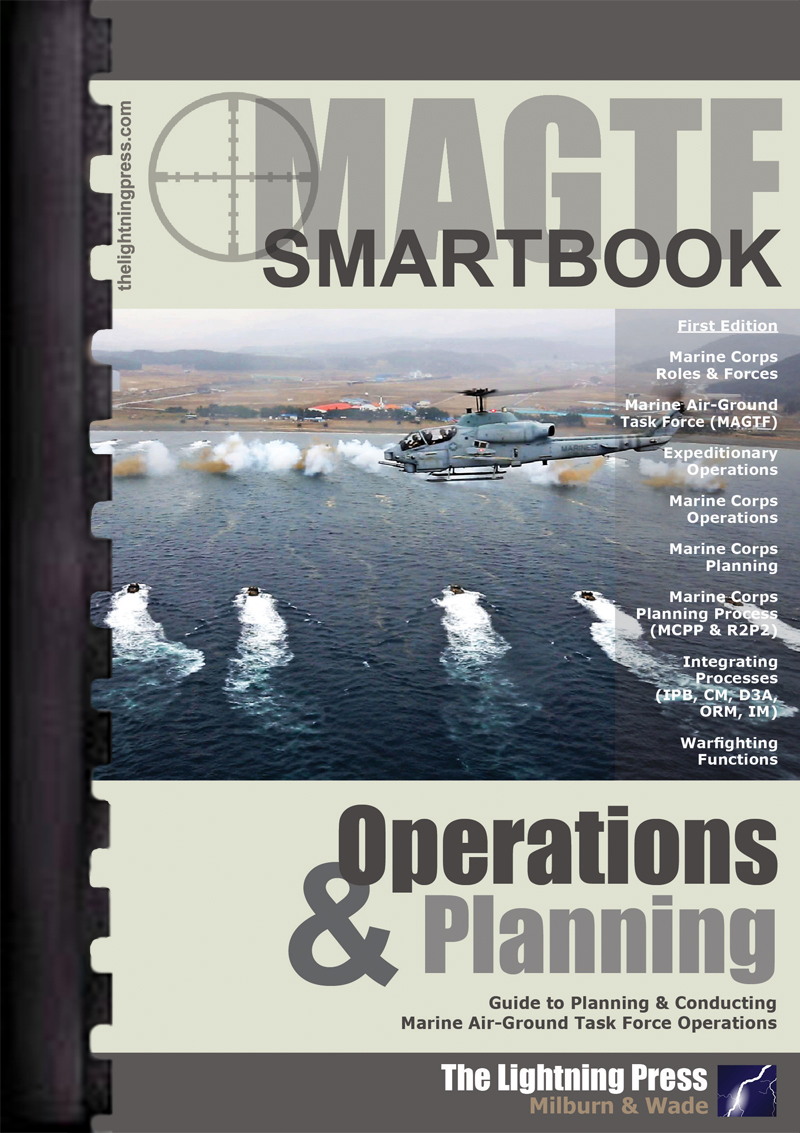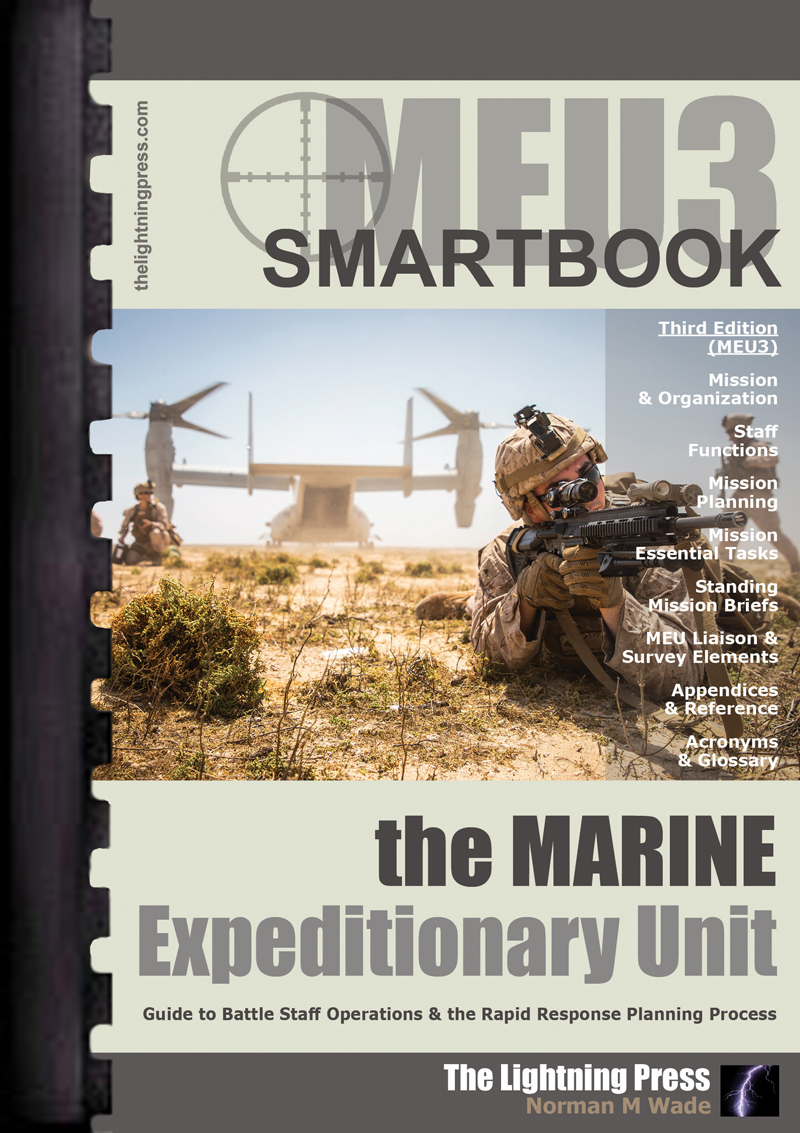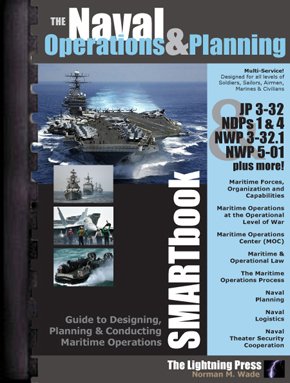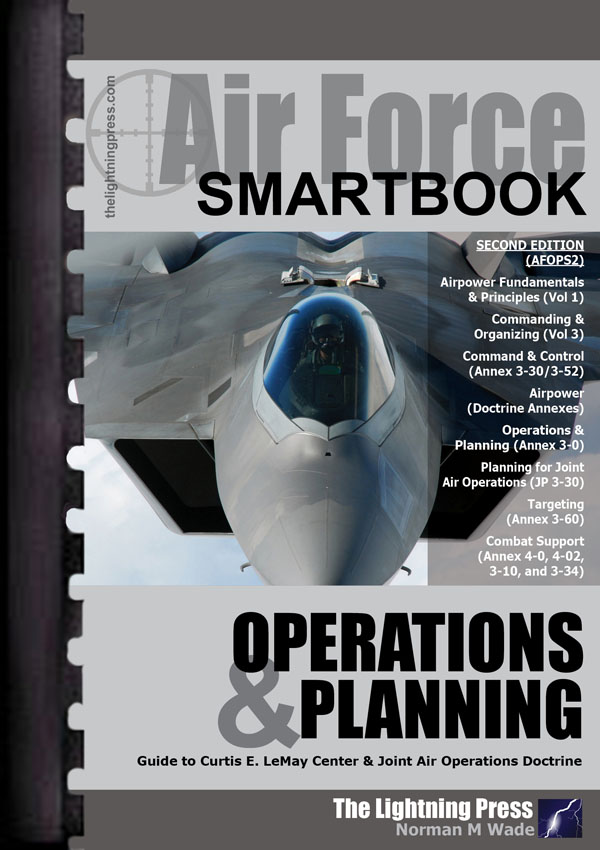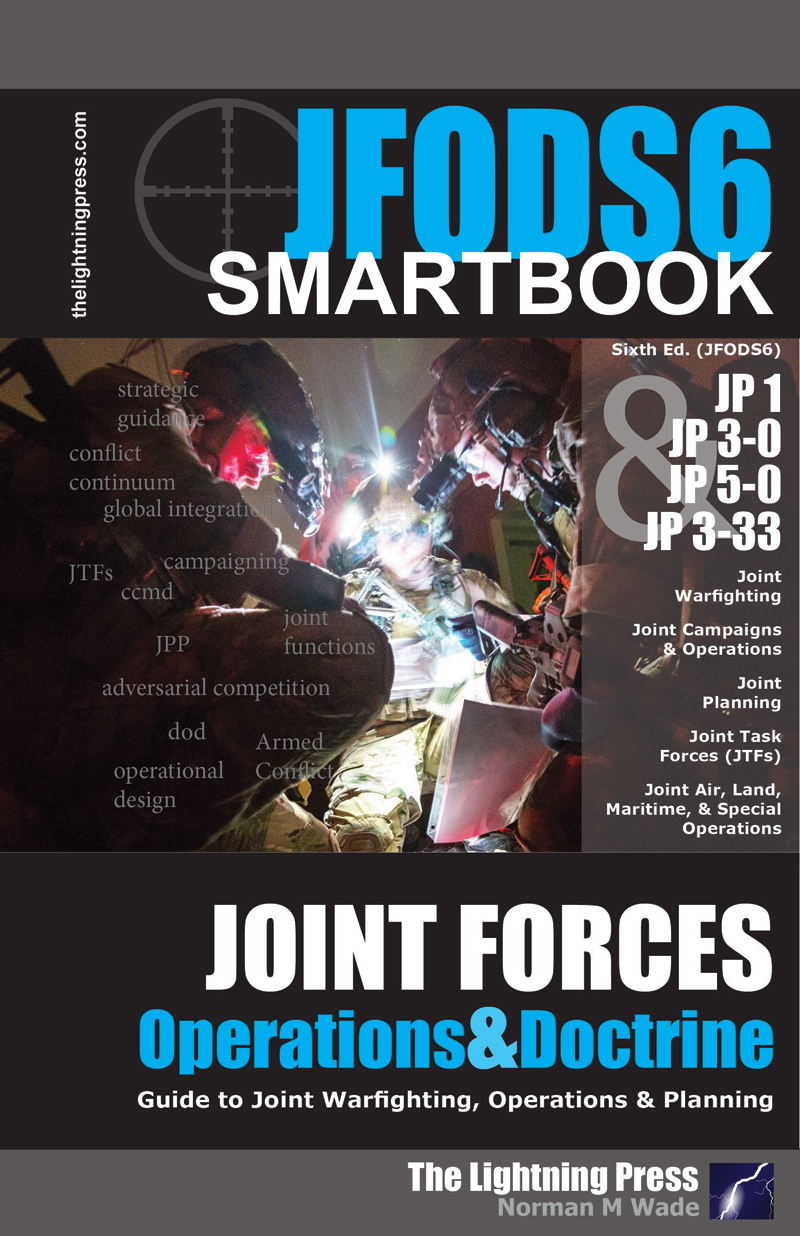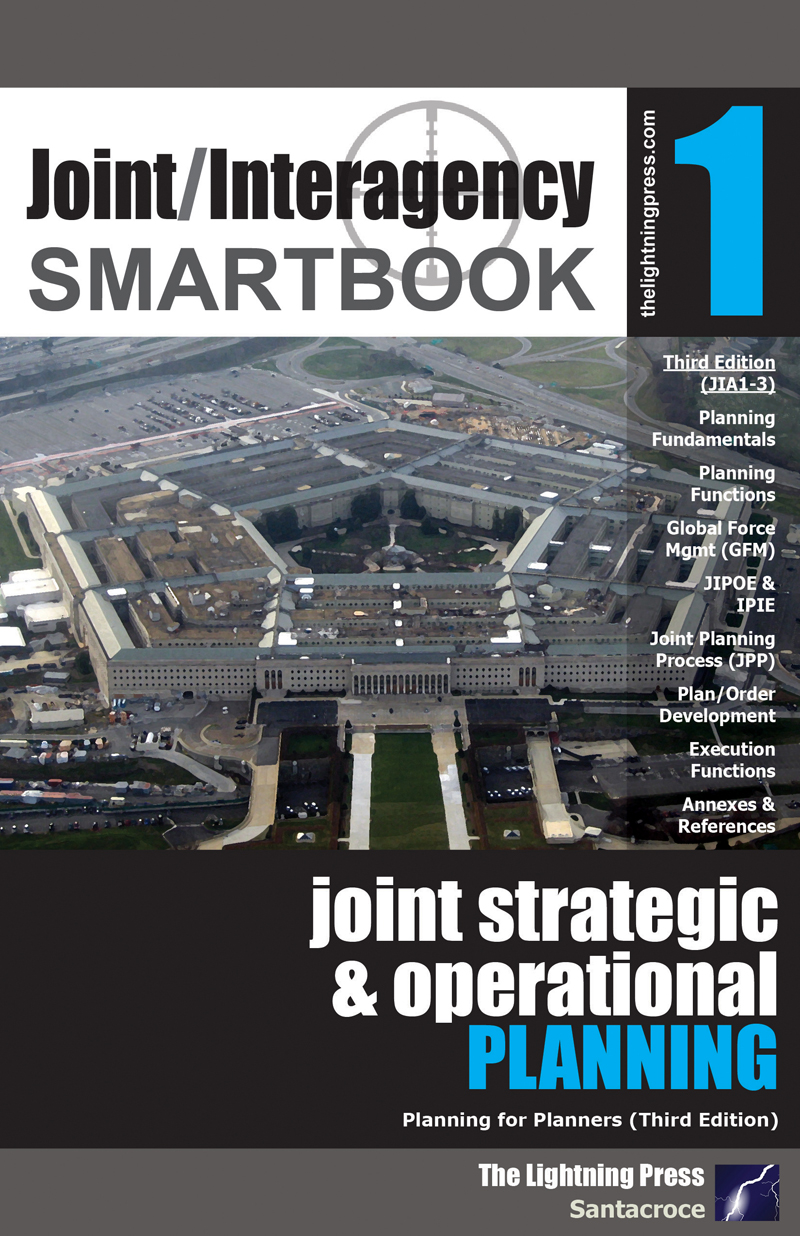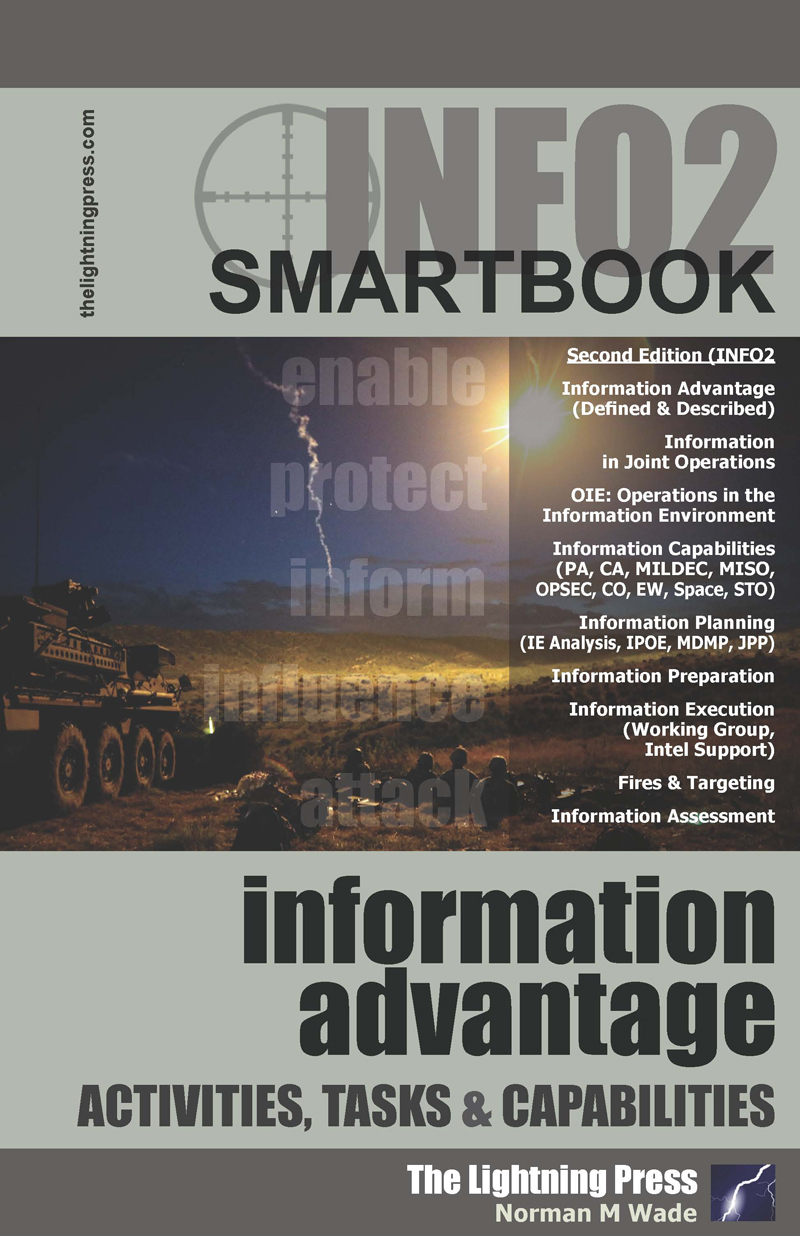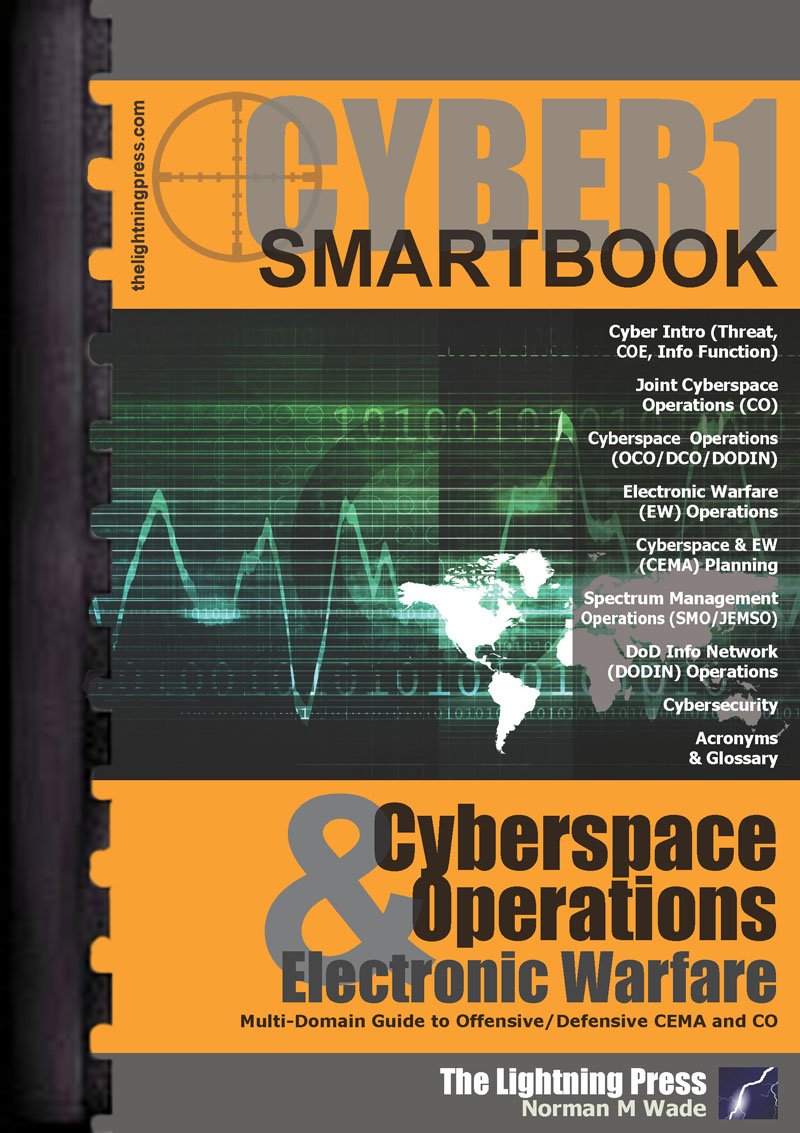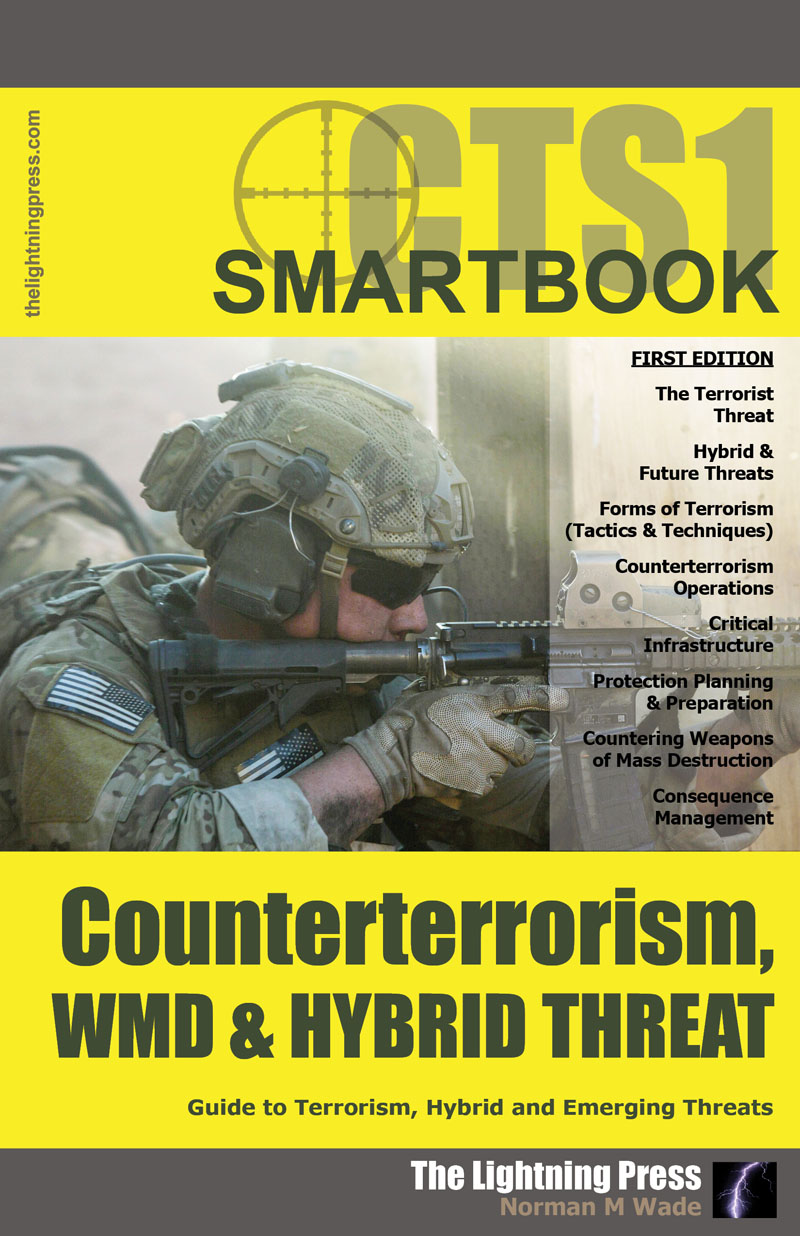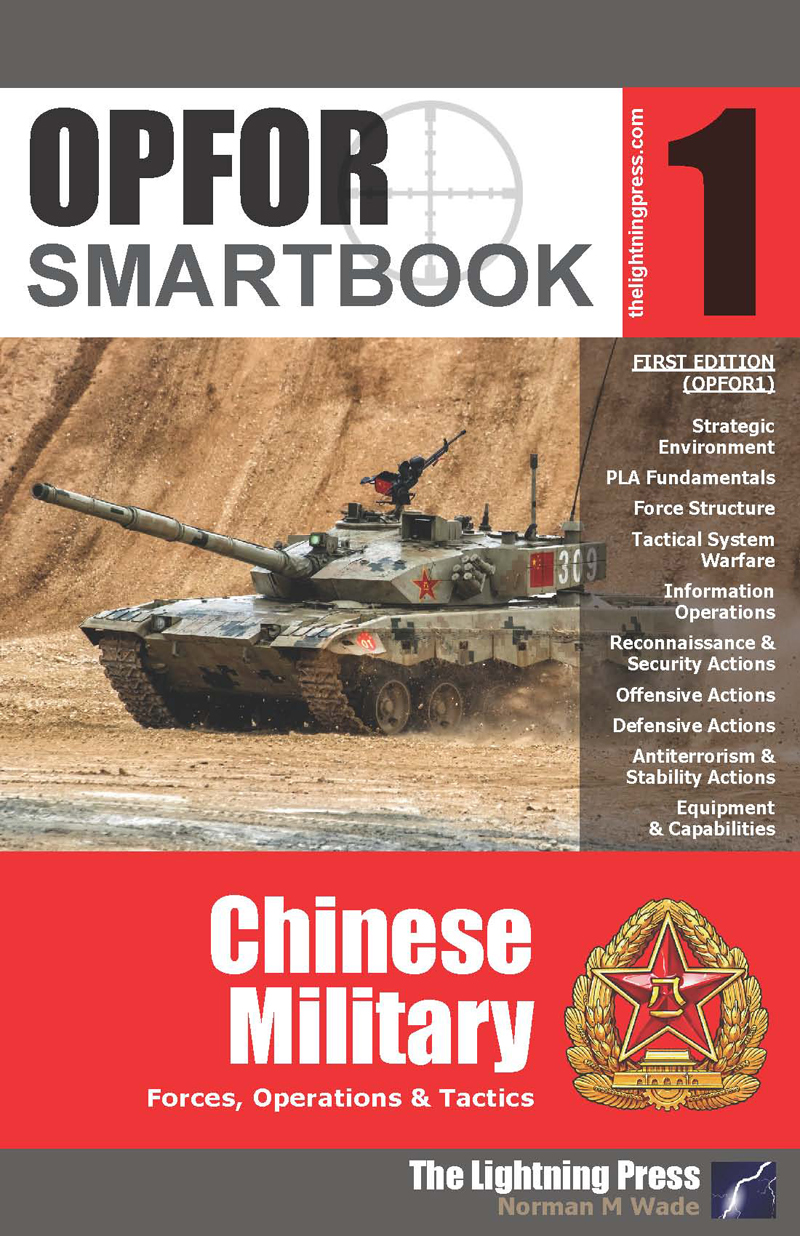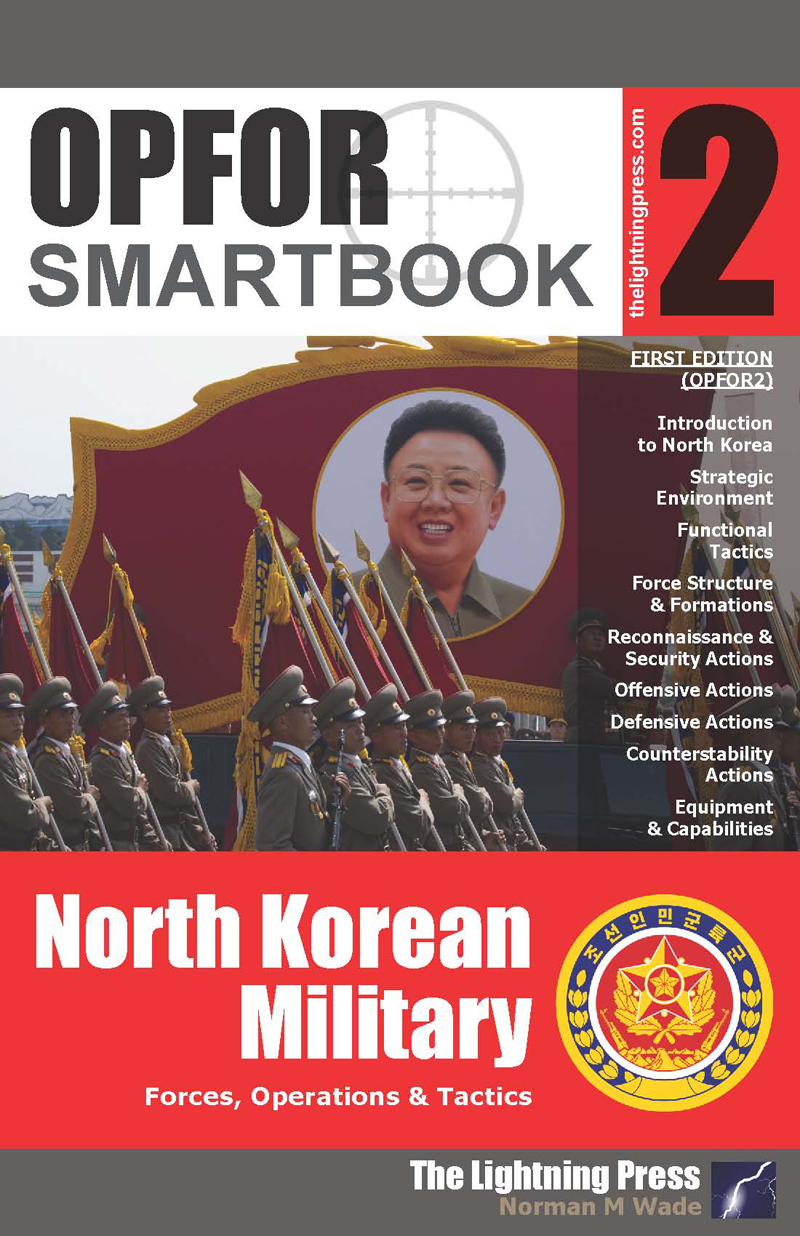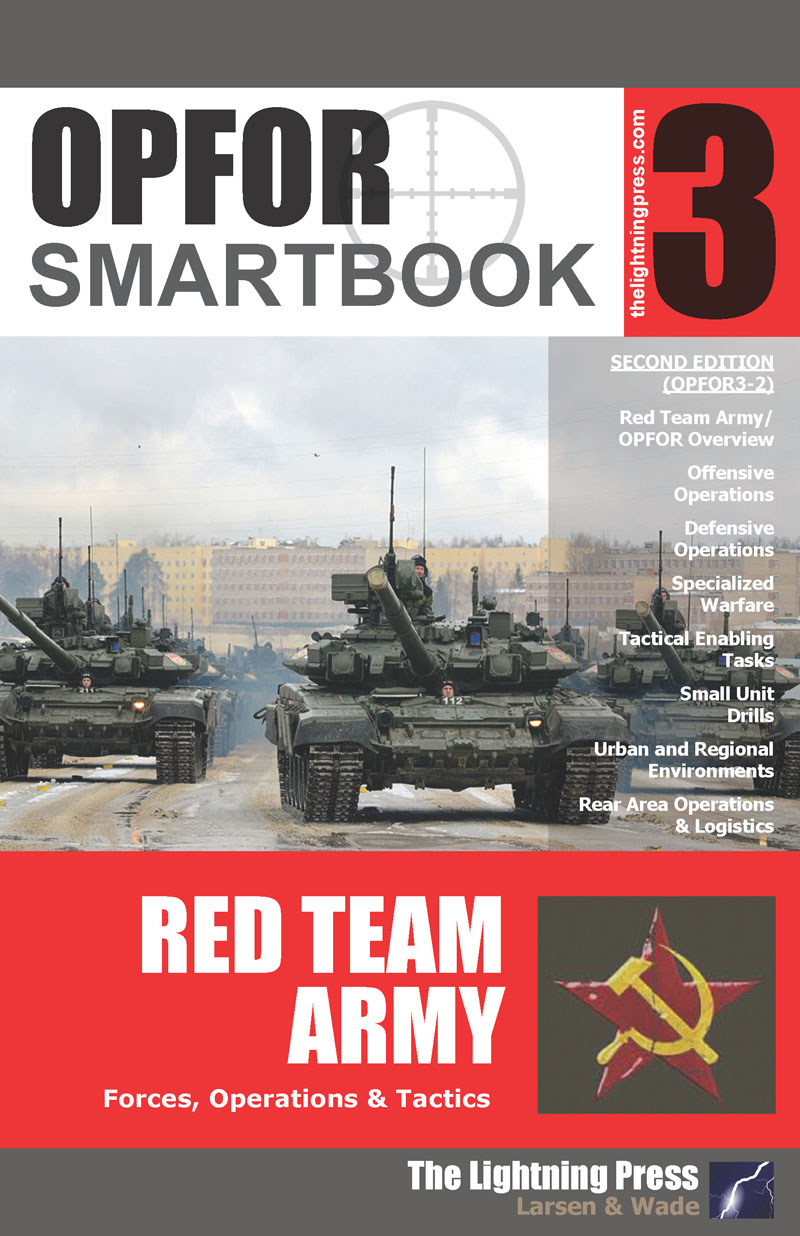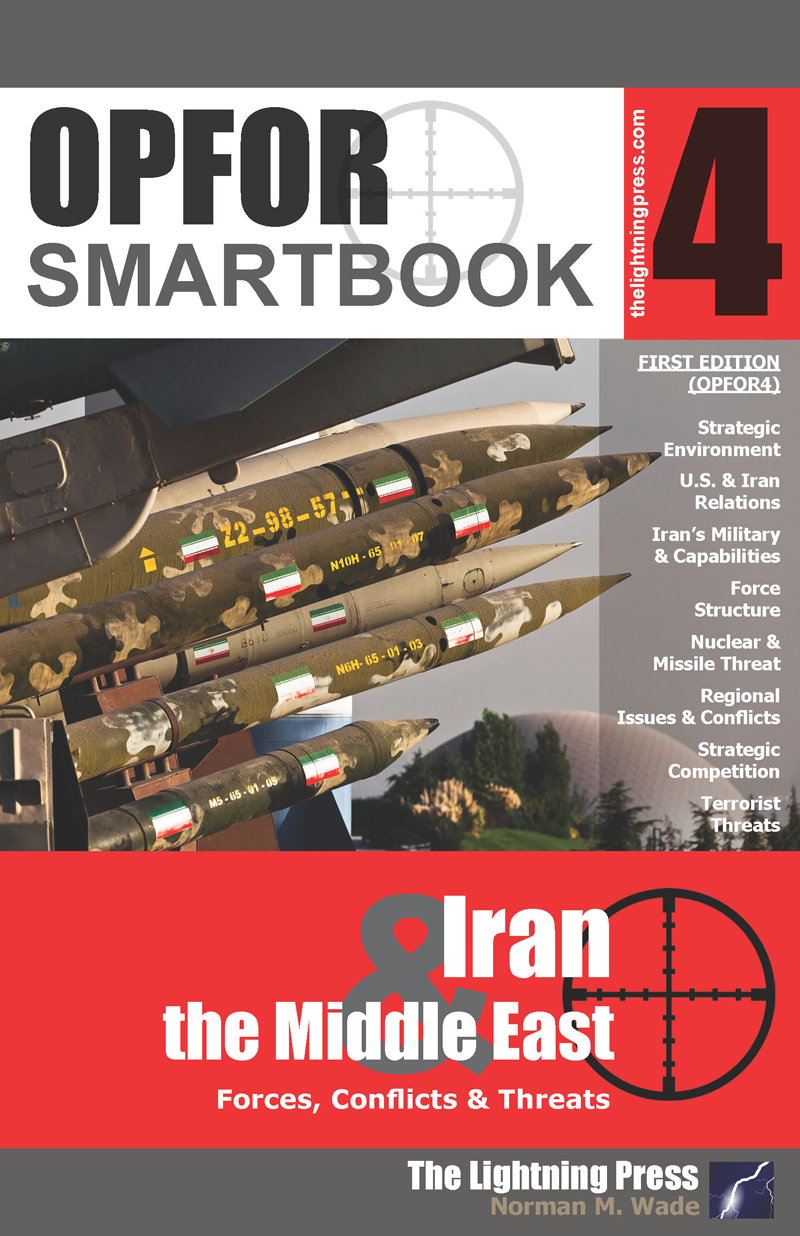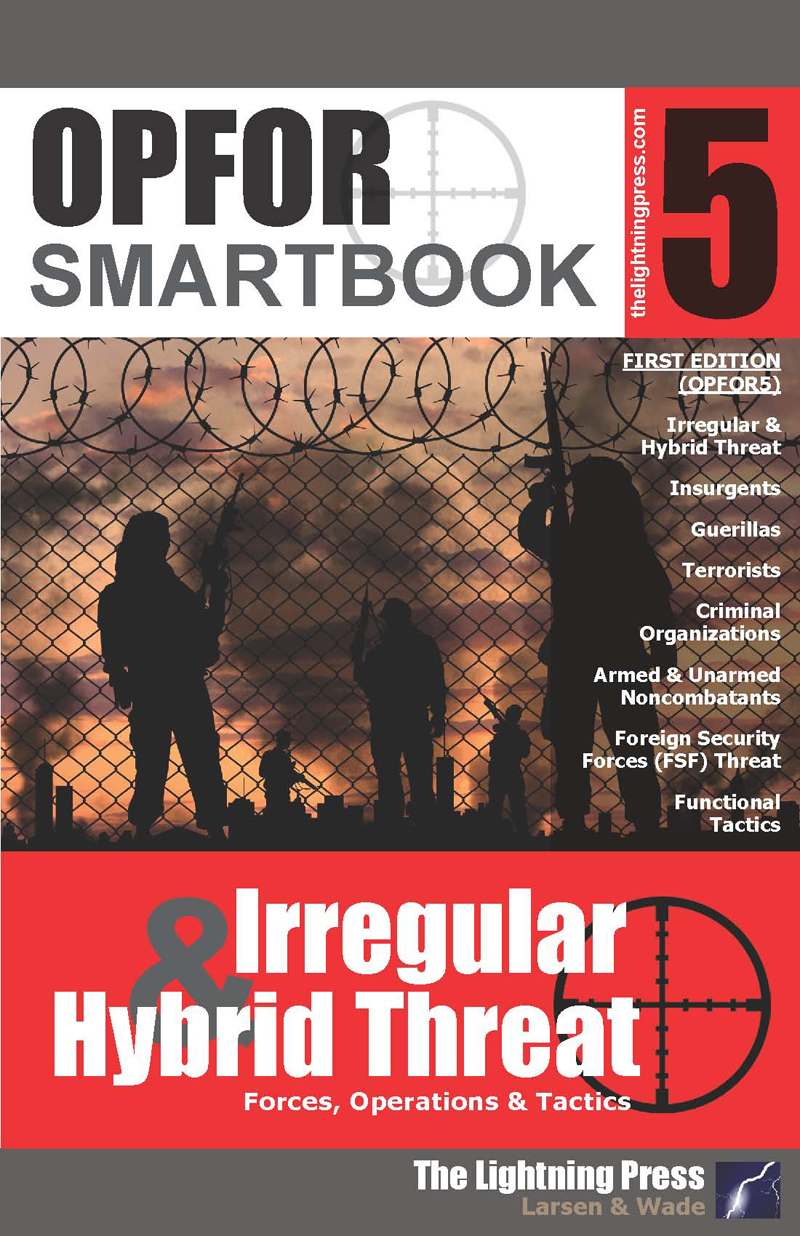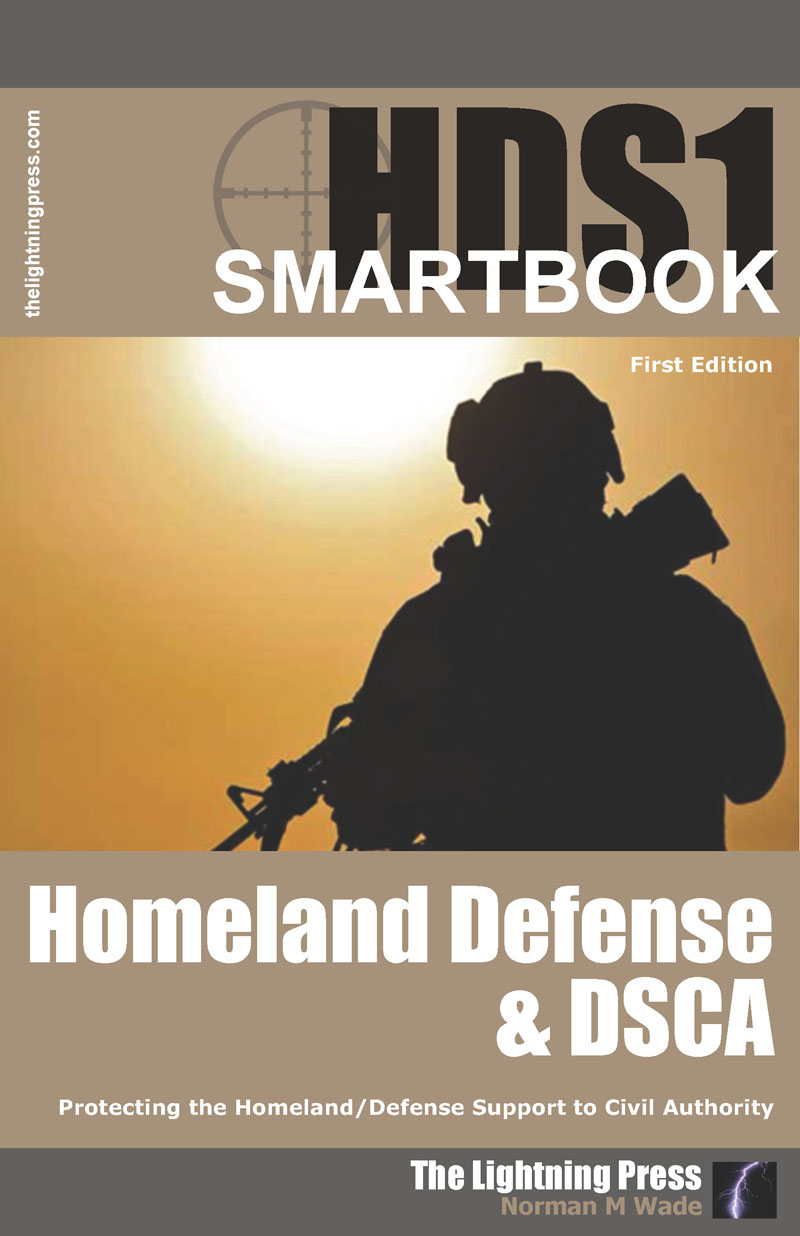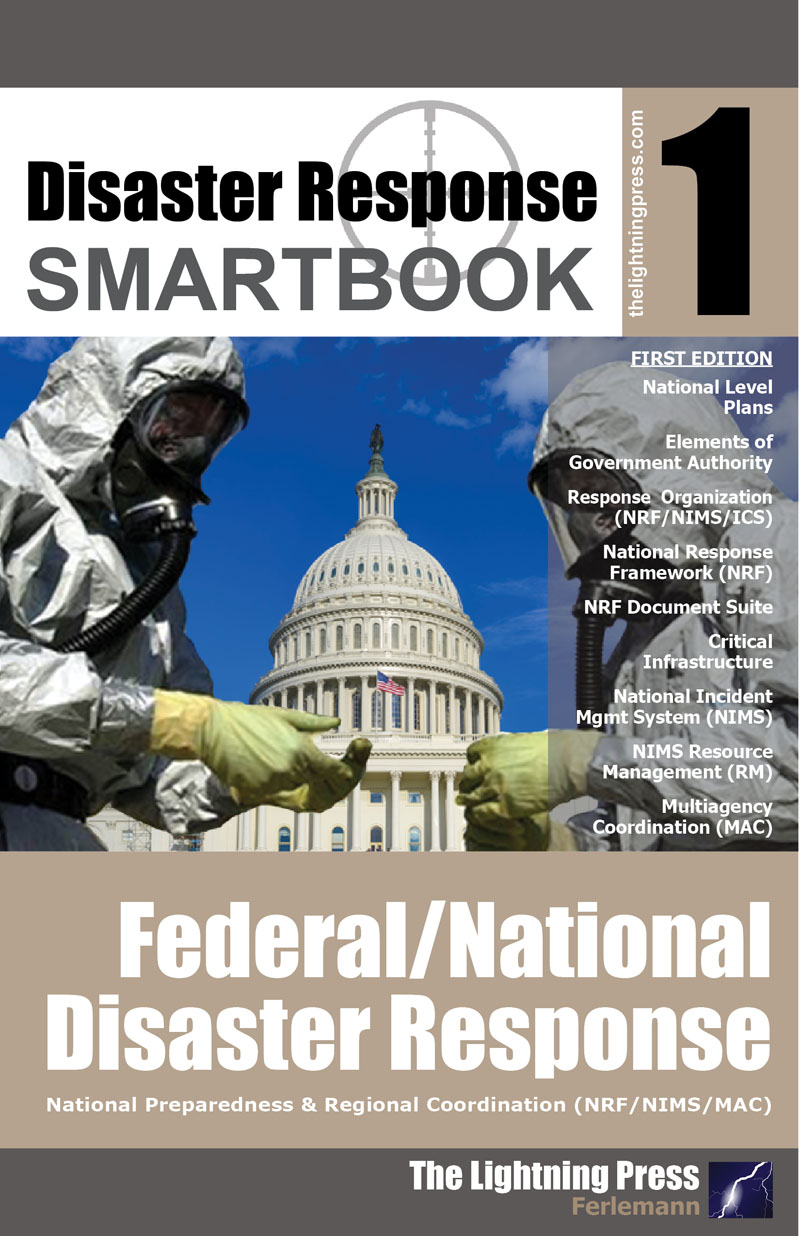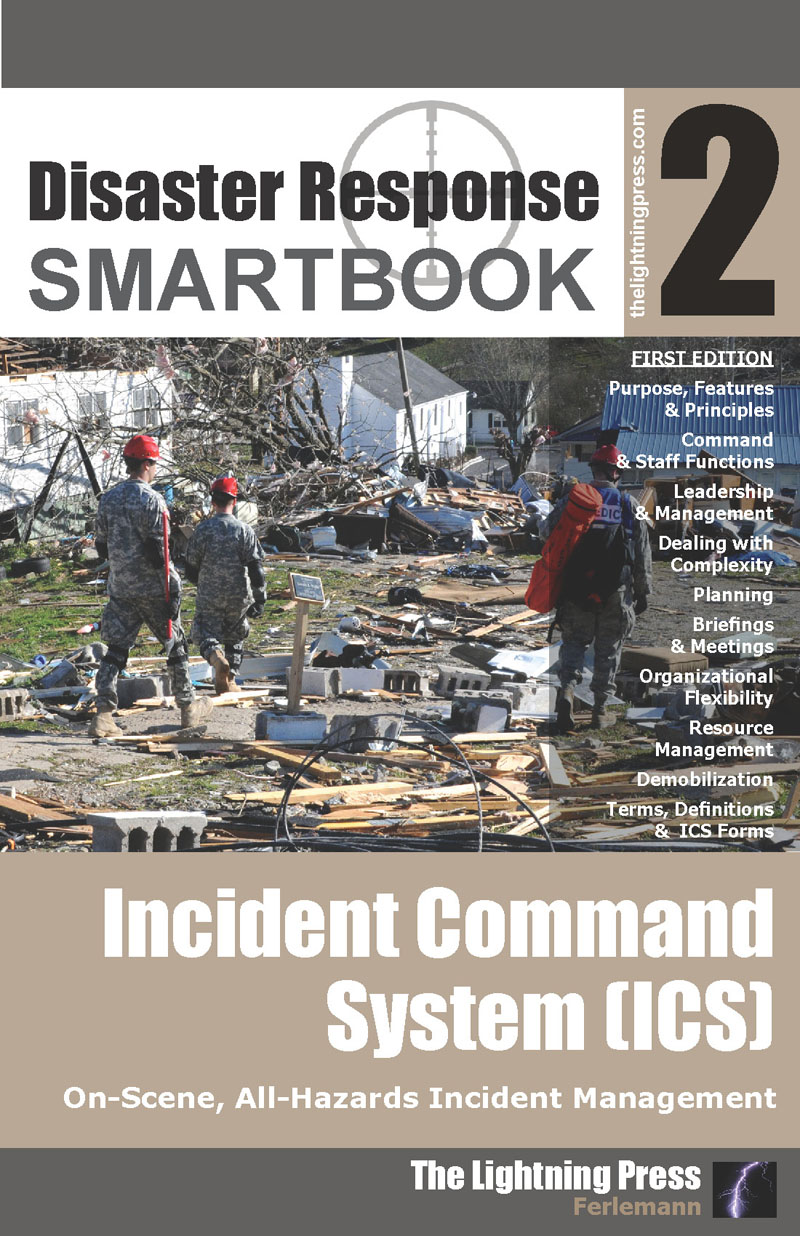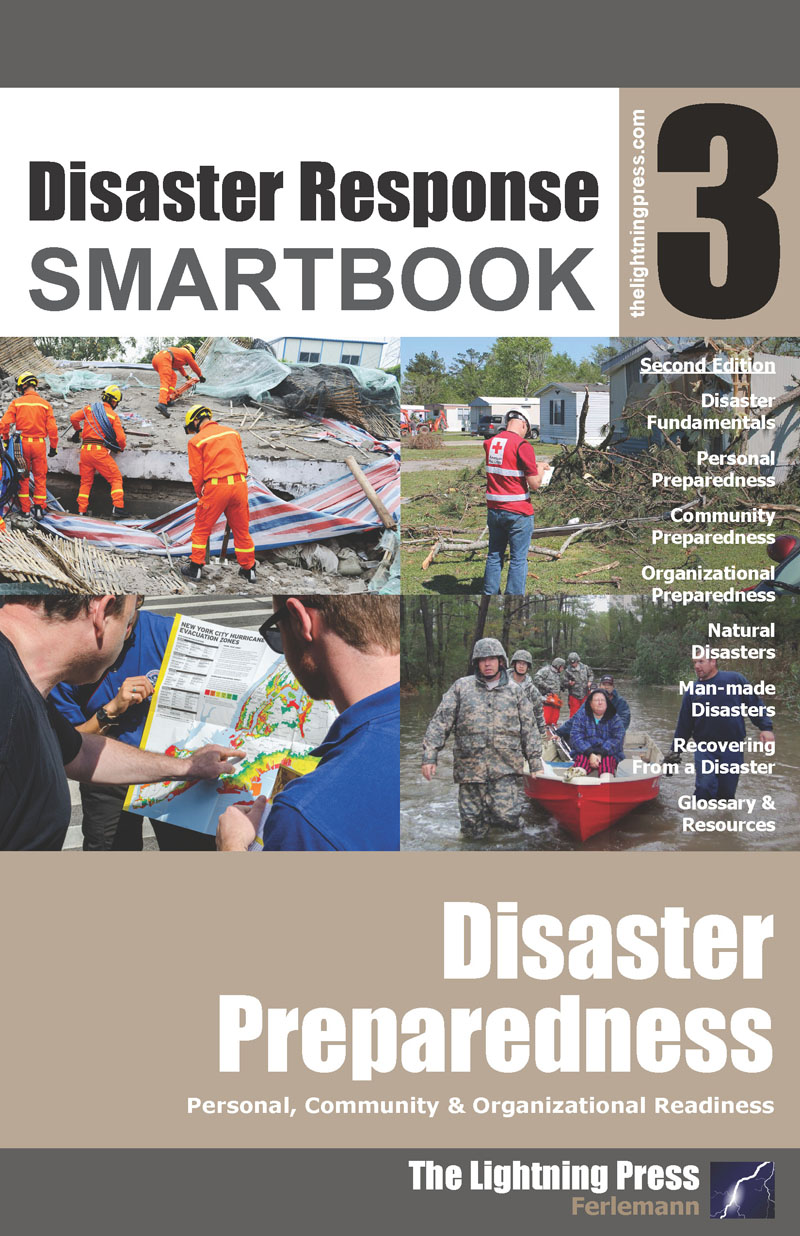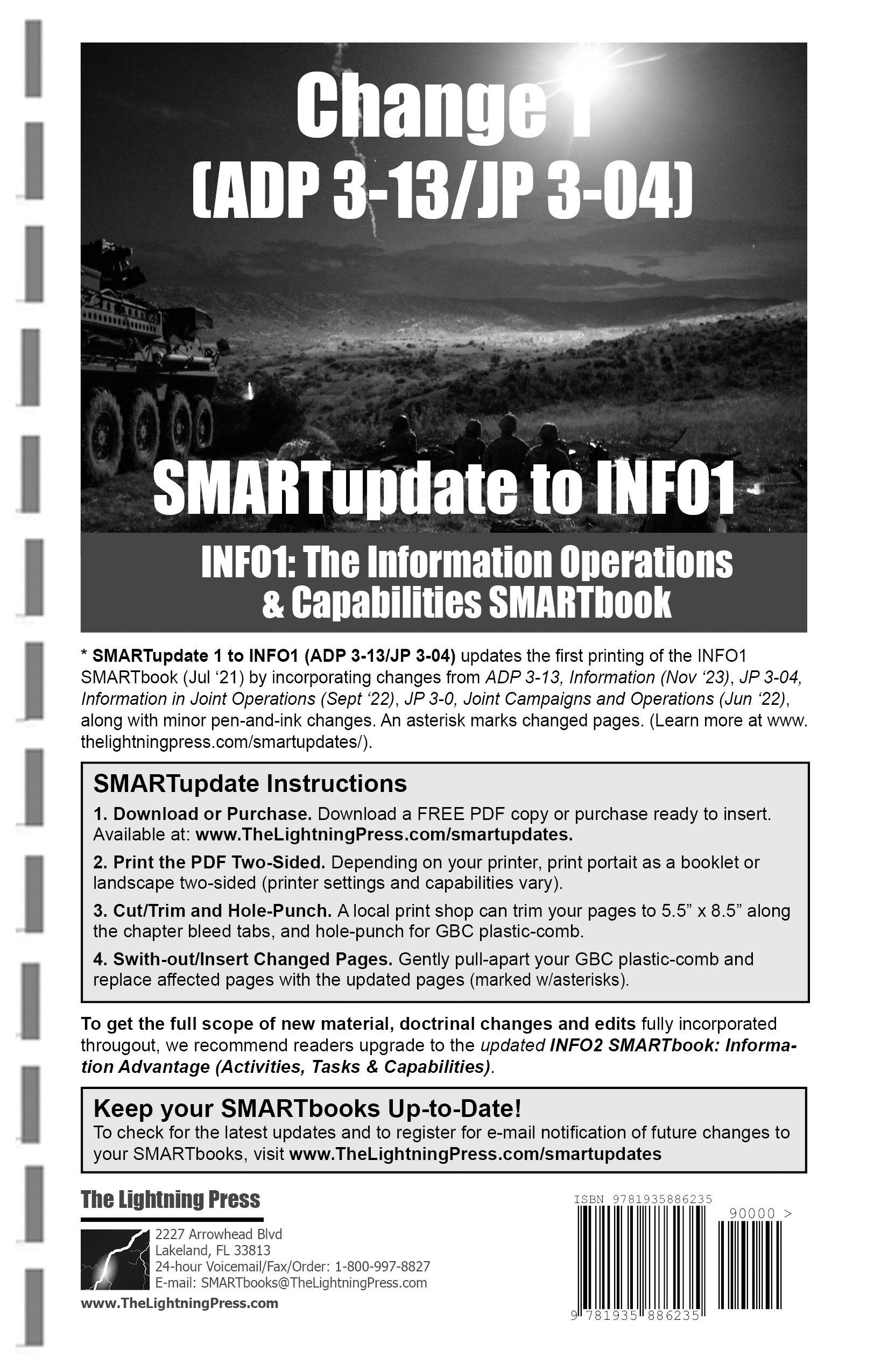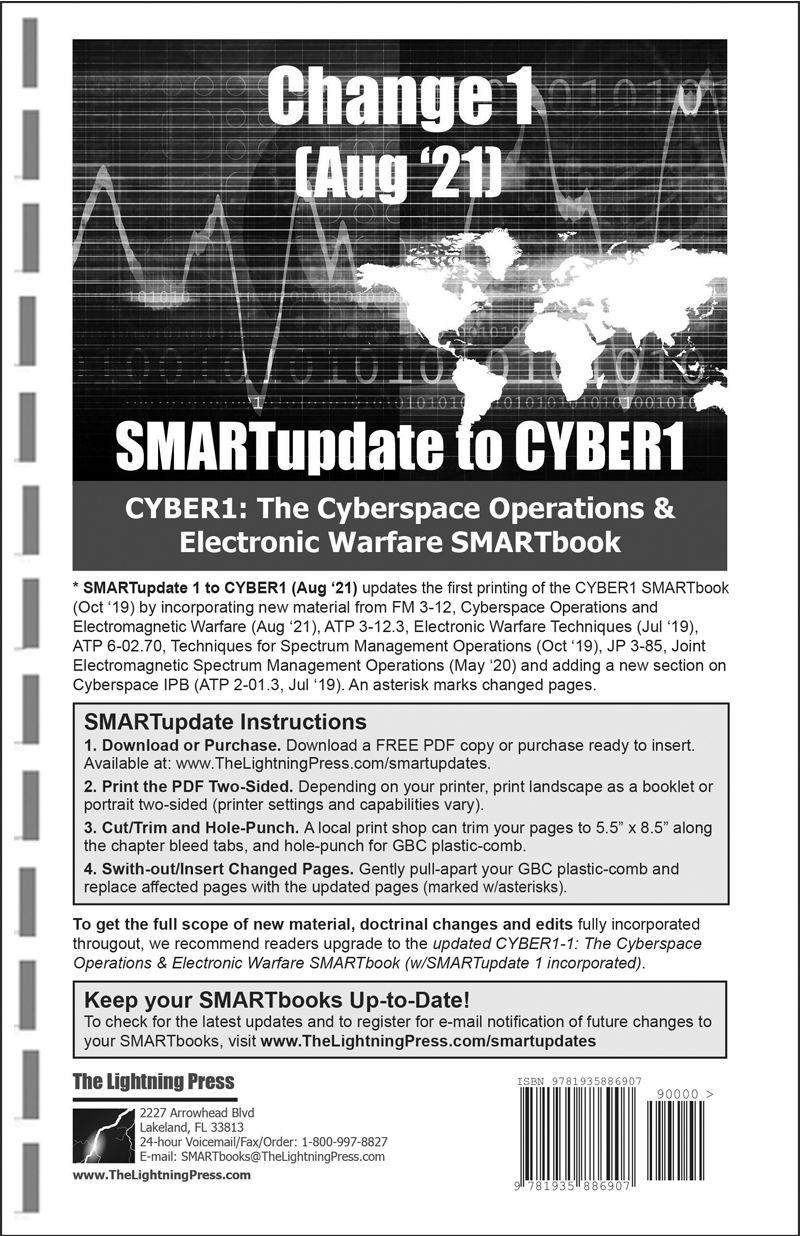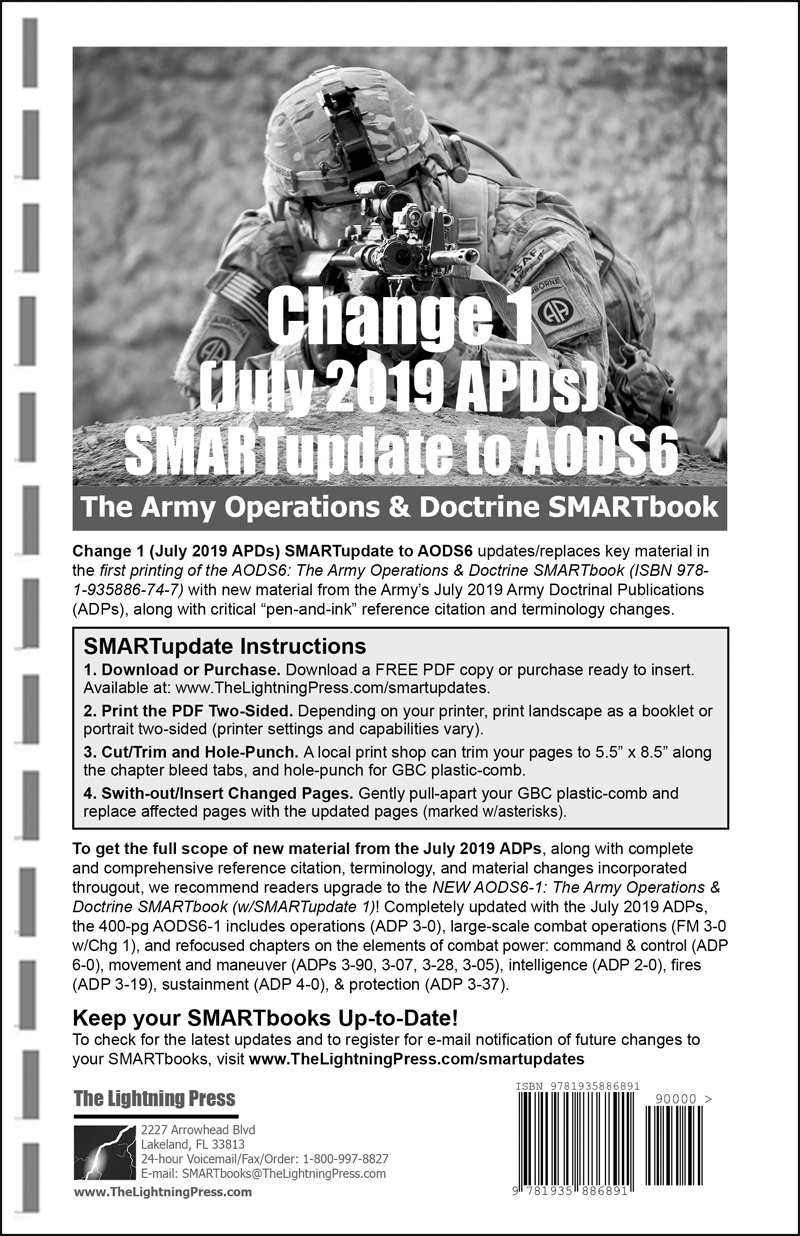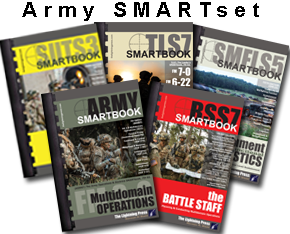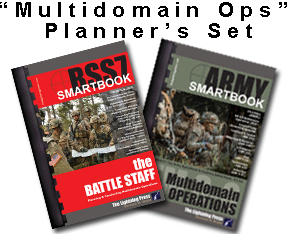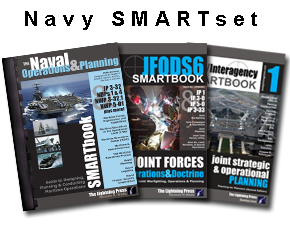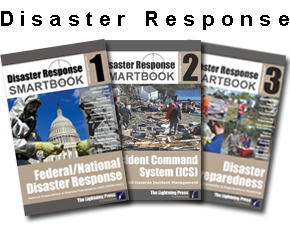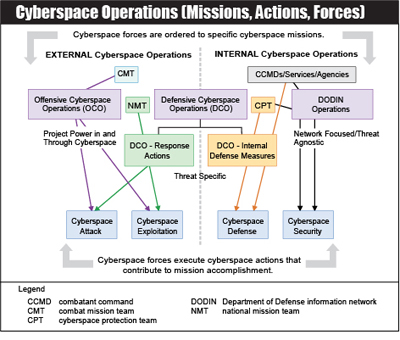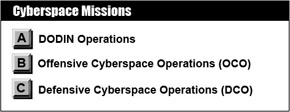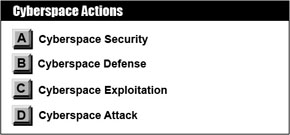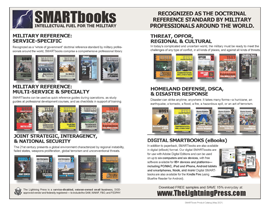Cyberspace Operations (CO) are the employment of cyberspace capabilities where the primary purpose is to achieve objectives in or through cyberspace. CO comprise the military, national intelligence, and ordinary business operations of DOD in and through cyberspace. CCDRs and Services use CO to create effects in and through cyberspace in support of military objectives. Military operations in cyberspace are organized into missions executed through a combination of specific actions that contribute to achieving a commander’s objective. Various DOD agencies and components conduct national intelligence, ordinary business, and other activities in cyberspace. Although discussed briefly here for context, these activities are guided by DOD policies concerning CO. While joint doctrine does apply to CSAs where it directly relates to their mission to support military forces, CSAs and other DOD agencies and activities also conduct various CO activities that are considered cyberspace-enabled activities.
Cyberspace MISSIONS
All actions in cyberspace that are not cyberspace-enabled activities are taken as part of one of three cyberspace missions: OCO, DCO, or DODIN operations. These three mission types comprehensively cover the activities of the cyberspace forces. The successful execution of CO requires integration and synchronization of these missions. Military cyberspace missions and their included actions are normally authorized by a military order (e.g., execute order [EXORD], operation order [OPORD], tasking order, verbal order), referred to hereafter as mission order, and by authority derived from DOD policy memorandum, directive, or instruction. Cyberspace missions are categorized as OCO, DCO, or DODIN operations based only on the intent or objective of the issuing authority, not based on the cyberspace actions executed, the type of military authority used, the forces assigned to the mission, or the cyberspace capabilities used. Some orders may cover multiple types of missions.
Cyberspace ACTIONS
Execution of any OCO, DCO, or DODIN operations mission requires completion of specific tactical-level actions or tasks that employ cyberspace capabilities to create effects in cyberspace. All cyberspace mission objectives are achieved by the combination of one or more of these actions, which are defined exclusively by the types of effects they create. To plan for, authorize, and assess these actions, it is important the commander and staff clearly understand which actions have been authorized under their current mission order. For example, the transition from DODIN operations to DCO-IDM missions may need to occur quickly whenever the DODIN is threatened and cyberspace operators begin to take cyberspace defense actions. To enable and synchronize this transition and subsequent cyberspace defense actions, clear orders are required that communicate to cyberspace operators the applicable constraints, restraints, and authorities. Since they will always be necessary, standing orders for DODIN operations and DCO-IDM missions cover most cyberspace security and initial cyberspace defense actions. However, OCO and DCO-RA missions are episodic. They may require clandestine maneuver and collection actions or may require overt actions, including fires. Therefore, the approval for CO actions in foreign cyberspace requires separate OCO or DCO-RA mission authorities.
 This article is an extract from “CYBER1: The Cyberspace Operations & Electronic Warfare SMARTbook (Multi-Domain Guide to Offensive/Defensive CEMA and CO)” by The Lightning Press. Download a free PDF sample and learn more at: CYBER1: The Cyberspace Operations & Electronic Warfare SMARTbook.
This article is an extract from “CYBER1: The Cyberspace Operations & Electronic Warfare SMARTbook (Multi-Domain Guide to Offensive/Defensive CEMA and CO)” by The Lightning Press. Download a free PDF sample and learn more at: CYBER1: The Cyberspace Operations & Electronic Warfare SMARTbook.
Browse additional military doctrine articles in our SMARTnews Blog & Resource Center.
About The Lightning Press SMARTbooks. Recognized as a “whole of government” doctrinal reference standard by military, national security and government professionals around the world, SMARTbooks comprise a comprehensive professional library. SMARTbooks can be used as quick reference guides during operations, as study guides at education and professional development courses, and as lesson plans and checklists in support of training. Browse our collection of Military Reference SMARTbooks to learn more.

